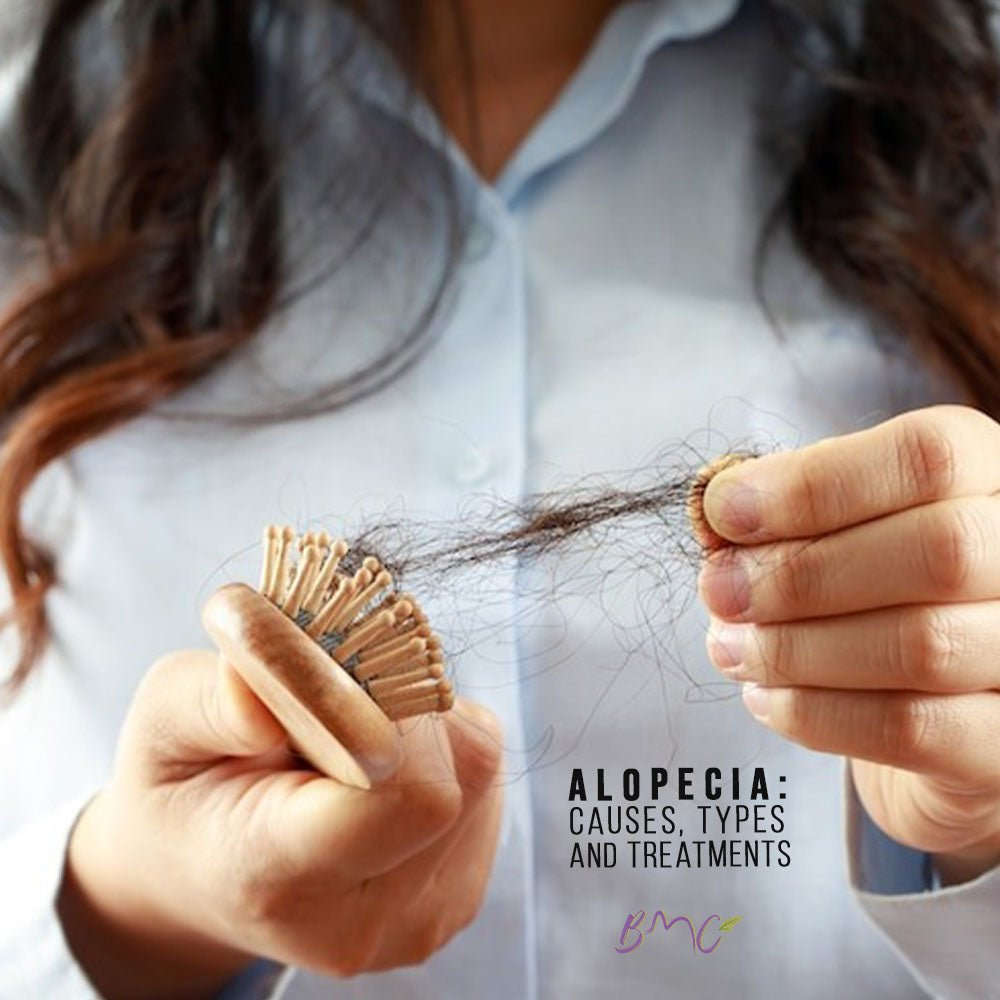
Understanding Alopecia: Causes, Types, and Treatment Options
Share
Introduction: Alopecia is a condition that affects millions of people worldwide, causing hair loss in various forms. If you or someone you know is experiencing hair loss, it's important to understand the different types of alopecia, their causes, and available treatment options. In this blog post, we will delve deeper into the topic of alopecia to provide you with valuable insights and knowledge.
-
What is Alopecia? Alopecia is a medical term used to describe hair loss or baldness. It can affect both men and women of all ages. The condition can range from minor hair thinning to complete loss of hair on the scalp or other parts of the body. Alopecia can have a significant impact on a person's self-esteem and quality of life.
-
Types of Alopecia: a) Androgenetic Alopecia: This is the most common type of hair loss and is often referred to as male or female pattern baldness. It is typically hereditary and occurs due to a combination of genetic and hormonal factors. b) Alopecia Areata: This type of alopecia results in patchy hair loss on the scalp or body. It is an autoimmune condition where the immune system mistakenly attacks hair follicles. c) Telogen Effluvium: Telogen effluvium is temporary hair shedding caused by physical or emotional stress, hormonal changes, medication, or nutritional deficiencies. d) Traction Alopecia: Traction alopecia occurs when constant tension or pulling on the hair follicles leads to hair loss. This is often caused by hairstyles that pull the hair tightly, such as braids, ponytails, or extensions. e) Alopecia Totalis and Universalis: These are rare forms of alopecia where there is complete hair loss on the scalp (totalis) or entire body (universalis).
-
Causes of Alopecia: The exact cause of alopecia can vary depending on the type. Factors that can contribute to hair loss include genetics, hormonal imbalances, autoimmune conditions, stress, nutritional deficiencies, certain medications, and excessive hairstyling practices.
-
Treatment Options: a) Topical Treatments: Minoxidil is an FDA-approved over-the-counter medication that can help slow down hair loss and promote regrowth. It is available in different strengths and is applied directly to the scalp. b) Prescription Medications: Finasteride is an oral medication that is commonly used to treat androgenetic alopecia in men. It works by reducing the production of a hormone called DHT, which is responsible for hair loss. c) Corticosteroid Injections: In cases of alopecia areata, corticosteroid injections can be administered directly into the affected areas to stimulate hair regrowth. d) Hair Transplantation: Hair transplantation involves removing hair follicles from areas with healthy hair growth and transplanting them into areas with thinning or balding patches. e) Wigs, Hairpieces, and Camouflage Techniques: For individuals experiencing significant hair loss, wearing wigs, hairpieces, or using camouflage techniques like hair fibers or scalp micropigmentation can help restore their confidence and appearance.
Conclusion: Alopecia is a complex condition that can have a profound impact on individuals. Understanding the different types of alopecia, their causes, and available treatment options is crucial in managing the condition effectively. If you or someone you know is experiencing hair loss, it is recommended to consult with a dermatologist or a trichologist who can provide a proper diagnosis and guide you towards the most suitable treatment approach. Remember, support and understanding are key in navigating the challenges of alopecia, and there are resources available to help you on your journey to regaining confidence and embracing your unique beauty.
